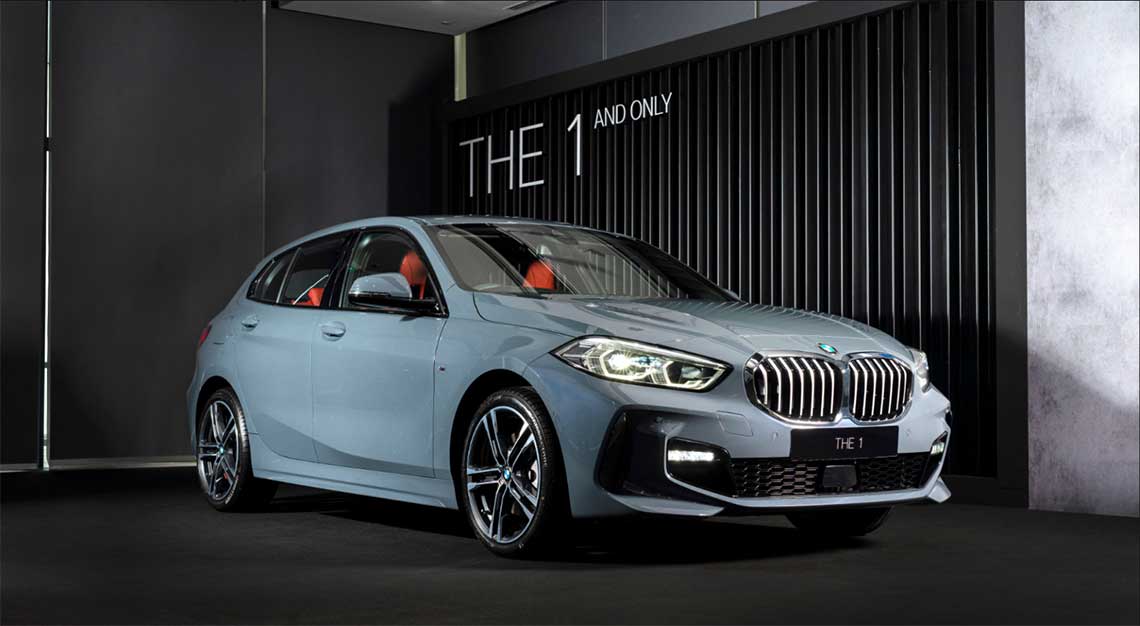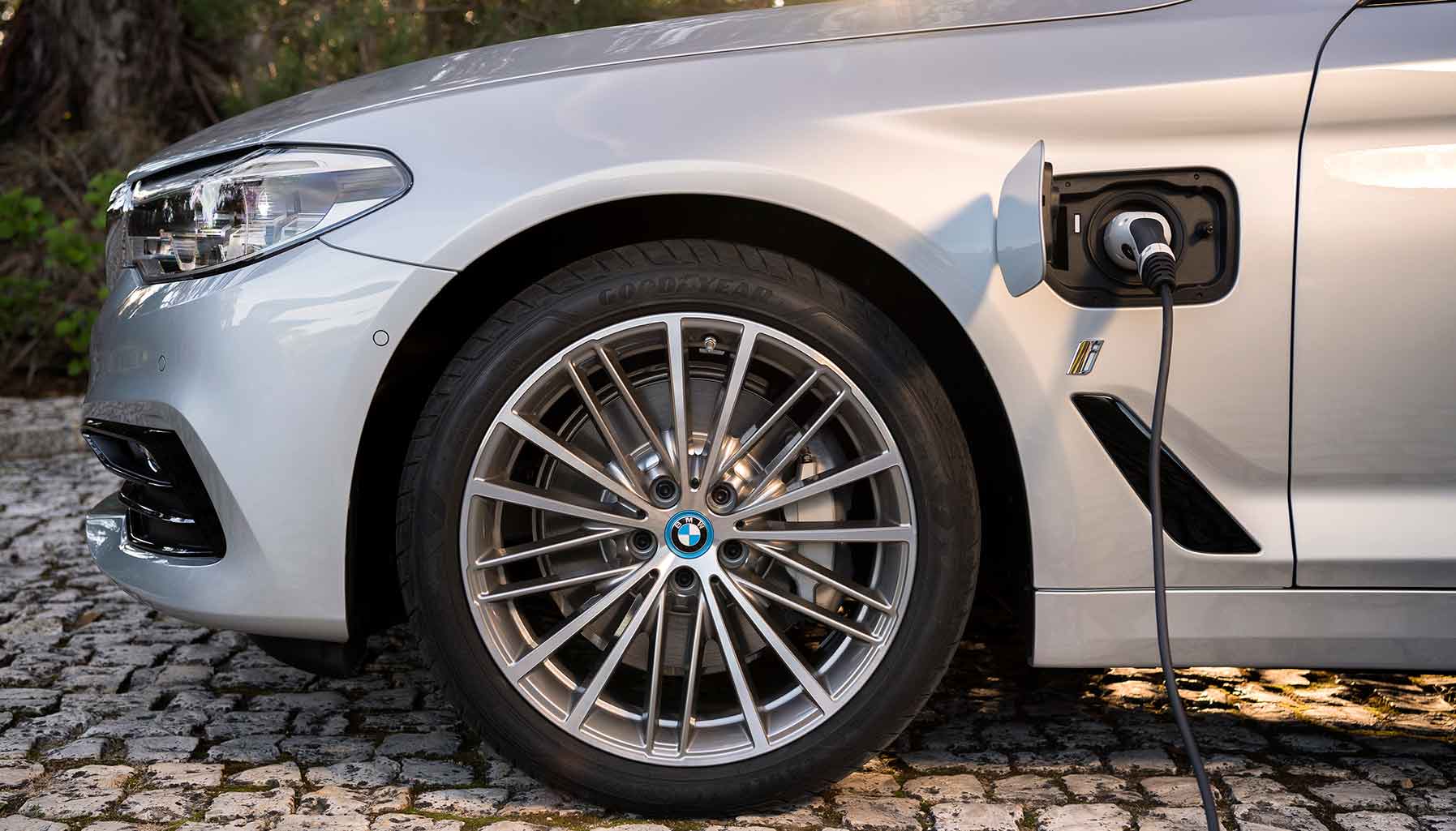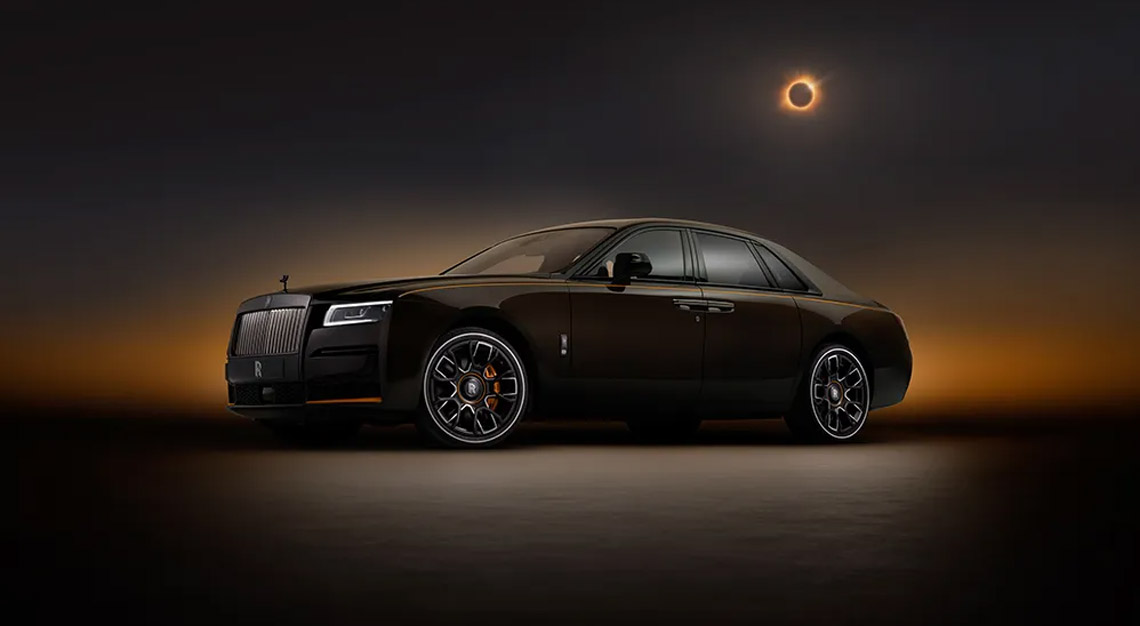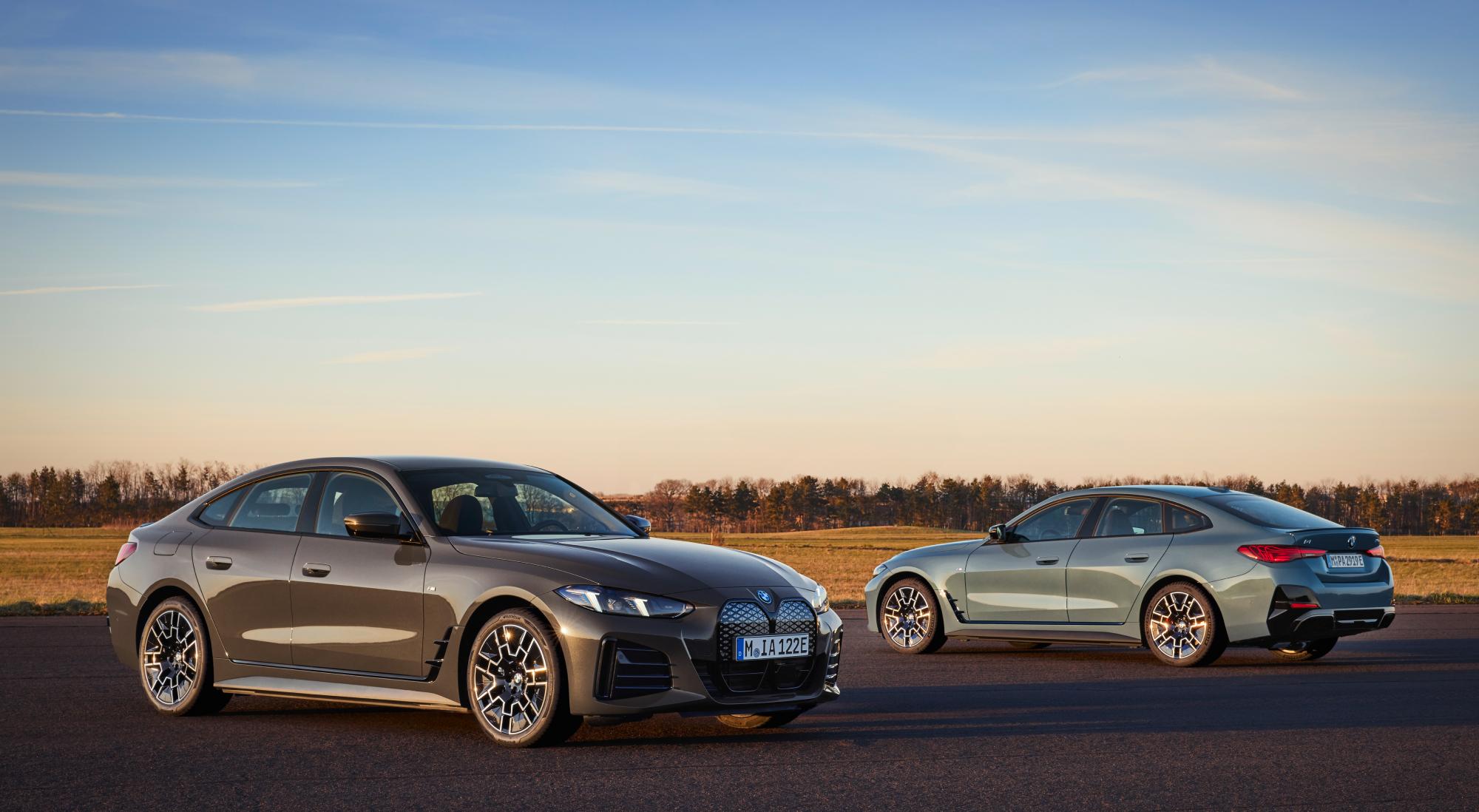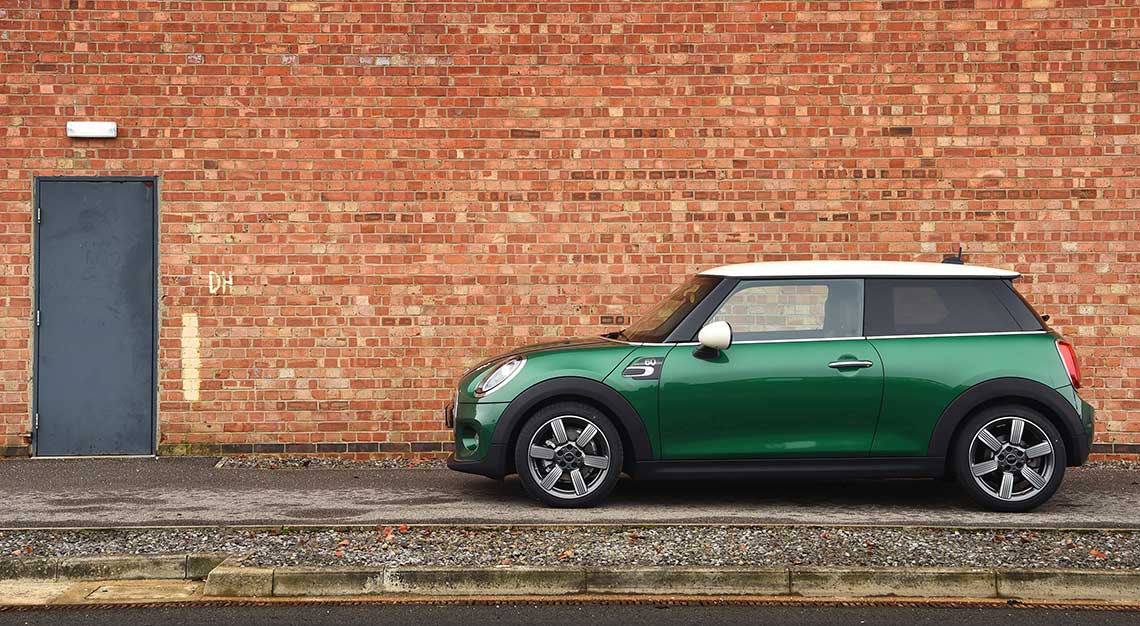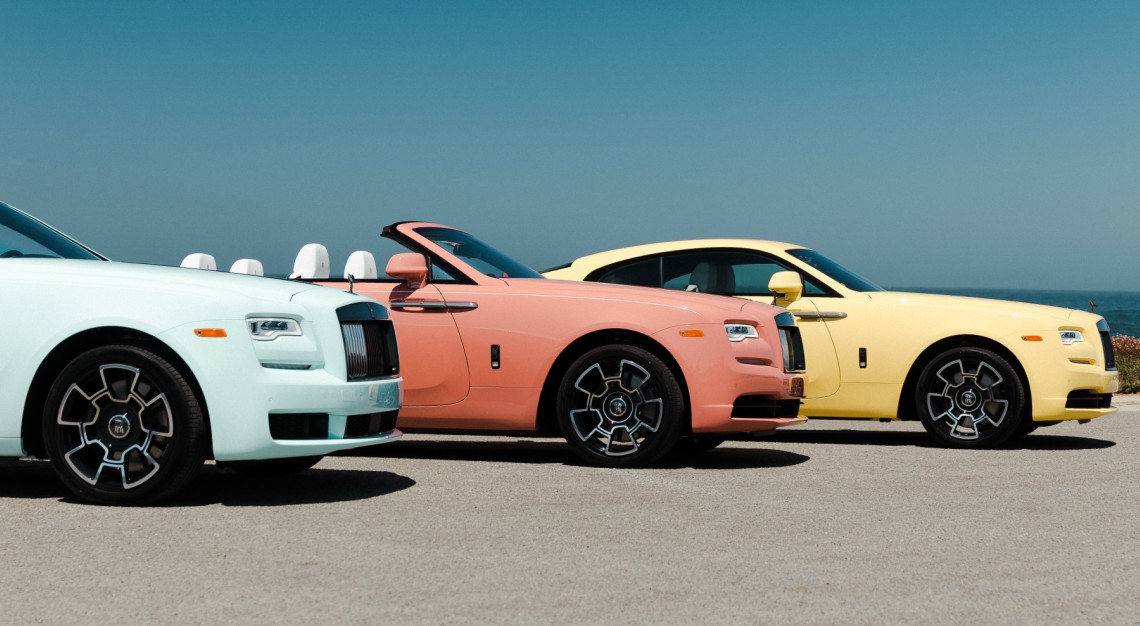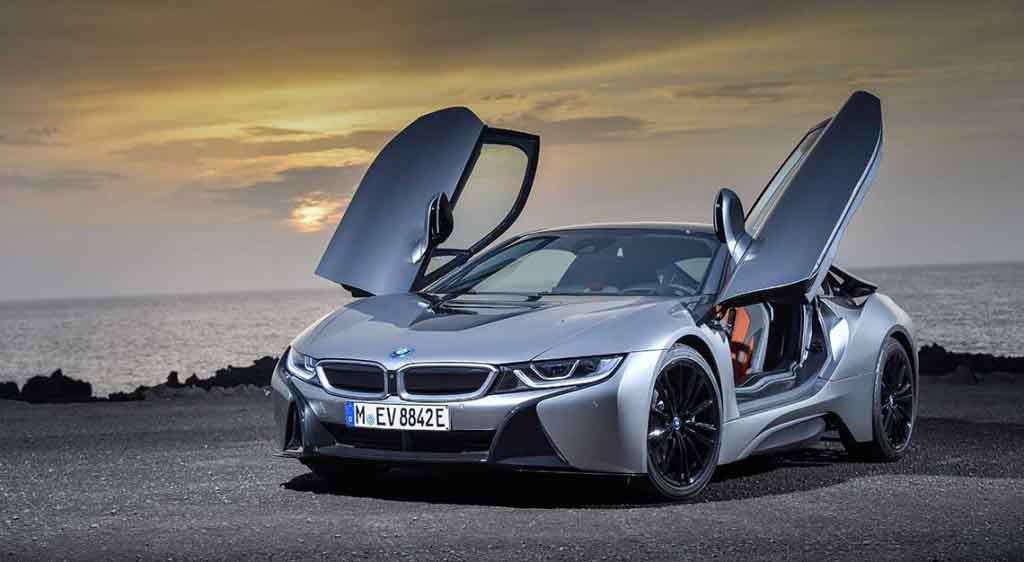Priced at $158,888, the new 1 Series undercuts the most affordable Mercedes-Benz A-Class by $1,000
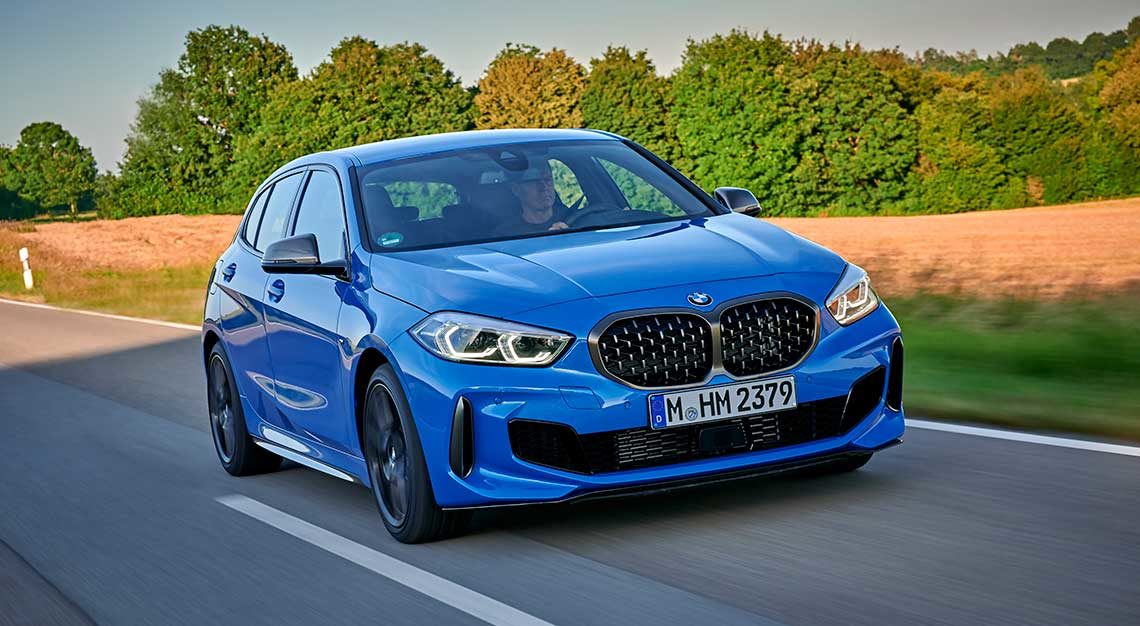
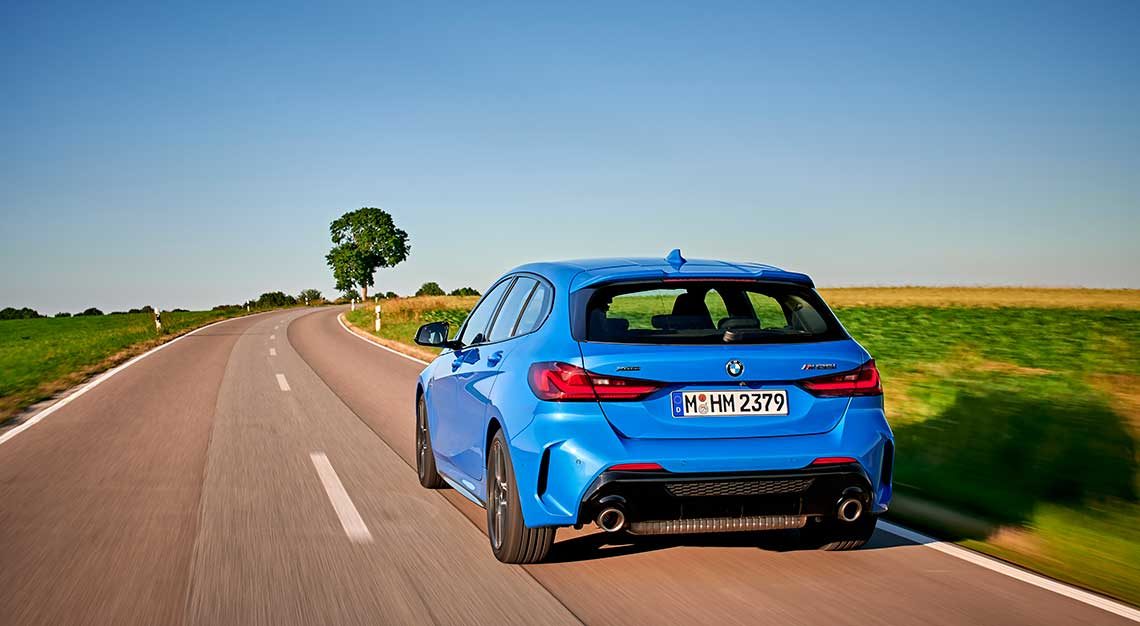
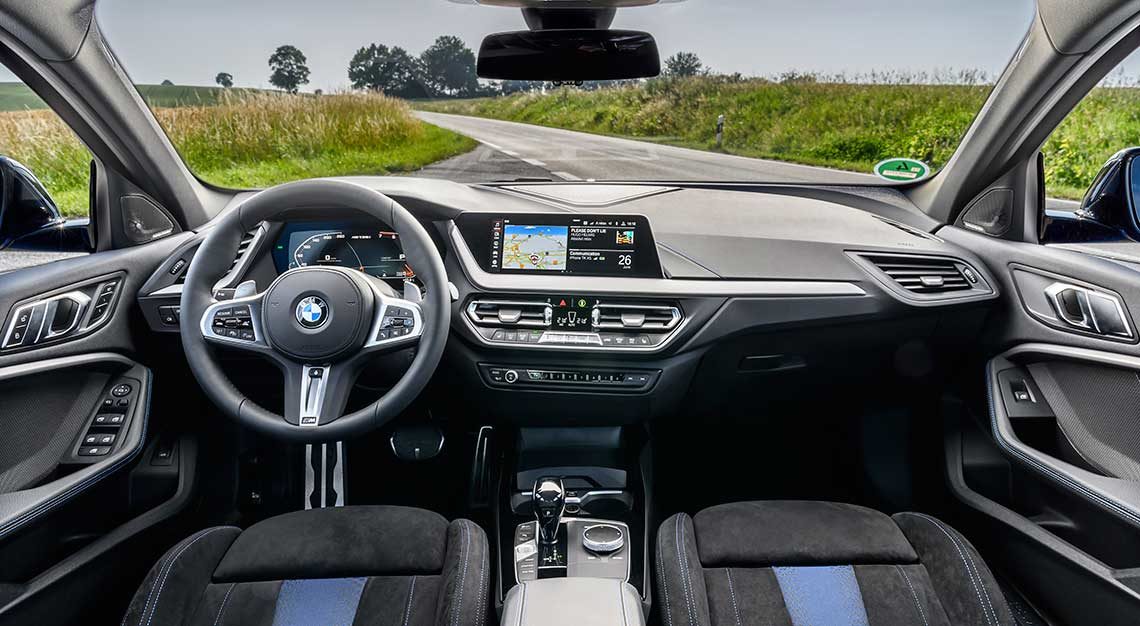
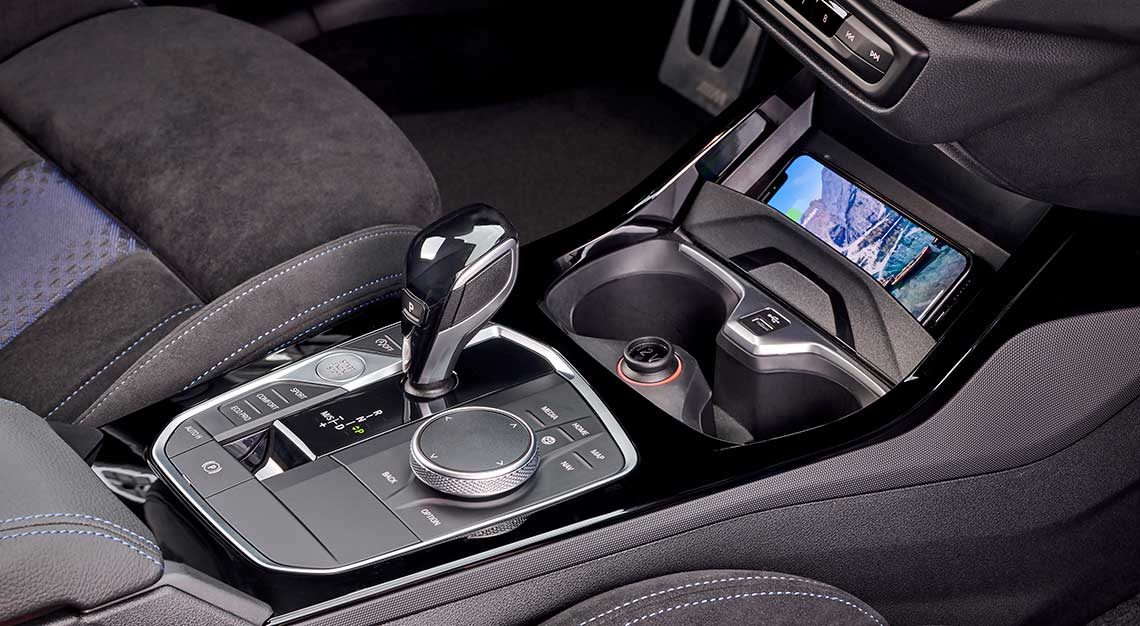
The third-generation BMW 1 Series hatchback (a rival to the Mercedes-Benz A-Class and Audi A3) has just made its official debut in Singapore, and it’s about the biggest change to happen to the model since it first appeared in 2004. And we’re not talking about the size of the model’s new 7 Series-rivalling grille.
The biggest change is its move to a front-wheel-drive architecture, with the engine now mounted transversely, against the longitudinal, rear-driven layout of the 1 Series’ two predecessors. Those were cars that had the distinction of being the only one in the segment to be rear-wheel-driven.
However, the supposed purity of a rear-wheel-drive probably wasn’t high on the list of priorities for its owners, for whom four-fifths thought their 1 Series was front-driven anyway, according to a survey quoted by former CEO Norbert Reithofer in 2009.
In a product presentation slide shown during the new model’s launch at Singapore dealers Performance Motors Limited, improved interior space, practicality and equipment were some of the goals of the third-generation 1 Series.
Presenting a more egg-shaped profile against the shoe-shaped form of its predecessor — a result of the new drivetrain orientation — the new 1 Series has a slightly more compact footprint than the car it replaced, though its height and width have grown by 13mm and 34mm respectively for more interior space (1,799mm and 4,319mm).
Interestingly, its wheelbase has shrunk by 20mm to 2,670mm, though BMW claims that kneeroom in the rear bench has grown by a whopping 33mm, a result of the lower centre tunnel not having to cater for a propshaft. Rear seat headroom is also up by 19mm and front seat passengers have 42mm more elbowroom.
In the new 1 Series, drivers also get more boot space, to the tune of 20 litres (380 litres total), with the load space now wider by 67mm at its narrowest point.
But perhaps the items that are most of interest is how the new 1 Series is the amount of top-shelf goodies in its cabin. A 10.25-inch digital instrument cluster dominates the centre of the dashboard, with another screen of the same width forming the touchscreen infotainment display.
But that’s just a part of the plethora of standard equipment on the new 1 Series, equipment that also includes front/rear parking sensors with a reversing camera, Siri-esque Intelligent Personal Assistant and Digital Key system that allows you to unlock the car with your (Samsung Galaxy only) smartphone.
The only engine variant on offer at the moment is the 118i, equipped with a 1.5-litre three-cylinder engine producing 140hp/220Nm hooked up to a seven-speed dual-clutch gearbox. Two trim variants are on offer, with the 118i with M Sport body styling priced at $157,888; the price of the Luxury Line 118i hasn’t yet been revealed, though it should come in at a lower price point than the M Sport-equipped 118i.
Still, what BMW wants for the new 1 Series is remarkably reasonable, considering the most affordable Mercedes-Benz A-Class (the A180 Progressive) is priced marginally above the 118i M Sport at $158,888.
If the Luxury Line trim level can undercut that, then it’s probably a pretty safe bet that BMW will have a winner on its hands, and even more so once the (as-yet unannounced) 116i finally makes its appearance.
Of course, the elephant in the room is the entry-level Audi A3 1.0, a car priced at just $134,250, though that car is getting a little long in the tooth and is due to be replaced next year.
